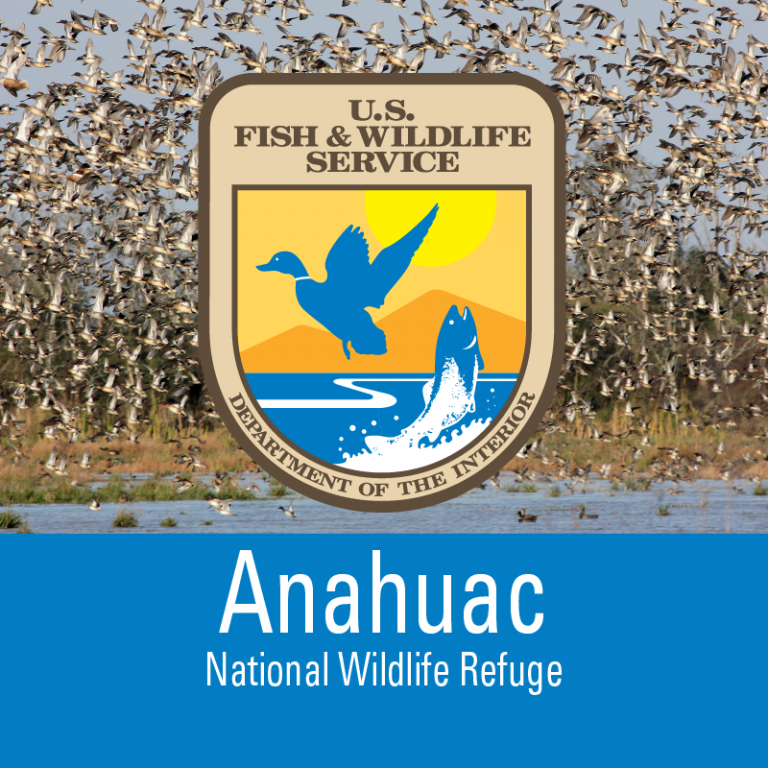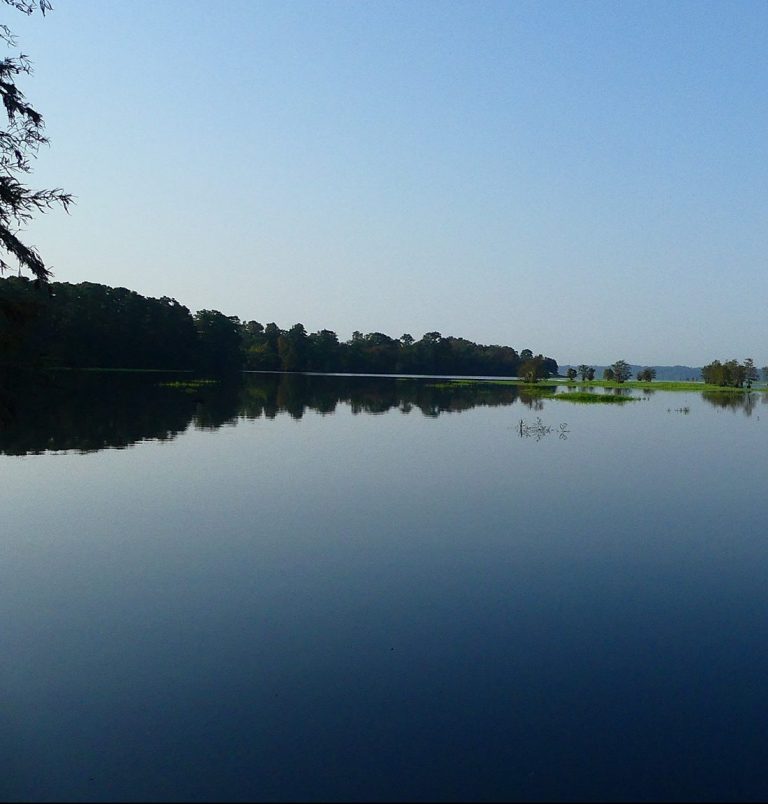Mission Tejas State Park
The Heritage Research Center houses a community of scholars and researchers who investigate and document natural and cultural heritage. The National Historic Sites project allowed several of our student workers to travel to various state parks and national wildlife refuges. The students included Mary Piro, Sophia Savage, Haley Garrelts, and Brandon Howell. This blog post series strives to call awareness to the conservation of state parks and national wildlife refuges. We went to six parks and refuges: Mission Tejas State Park, Caddo Lake State Park, Martin Dies Jr. State Park, Sea Rim State Park, Trinity River National Wildlife Refuge, and Anahuac National Wildlife Refuge. We asked the rangers a series of questions, including why parks and refuges should be preserved and conserved. Another personal favorite was our final question “what are the park’s or refuge’s myths and legends?” These questions gave us an inside look at the parks and their inhabitants. This project was created to show the importance of conserving and protecting our natural lands.
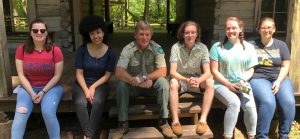
At the Heritage Research Center we pride ourselves in sharing local heritage with students and the community. That’s why Sophia and I felt the need to share the significance of state and national sites such as state parks and national wildlife refuges. The first stop on our journey across East Texas was Mission Tejas State Park, where we spoke with Park Superintendent Gary Coker.
Mission Tejas State Park is nestled in the northern part of Houston County. In 1690, the area was settled by the Spanish, where they built the first mission in Texas, Mission San Francisco de los Tejas. This mission is commemorated with a replica built by the CCC. The park was originally built by the Civilian Conservation Corps (CCC) in 1934 on 117 acres. It now covers 660 acres that hosts a plethora of plants and wildlife.
During our interview, Superintendent Coker told us about the wonders Mission Tejas offers to its patrons. People can enjoy primitive camping sites or full hook up camping sites, beautiful hiking trails, and a small pond for fishing. People also love to visit the park for bird watching. They can see just about every type of owl located in East Texas and even the very colorful bird called the Painted Bunting. There are also the typical East Texas wildlife species found at the park such as red and grey foxes, white-tail deer, and feral hogs. Our favorite animal fact was that a little Brown Bat, adorably named Brownie, lives in the Rice Family Log Home. While there are many animals, plant life actually dominates the park. From grasses and vines to hardwoods and pines, Mission Tejas is a microcosm of East Texas.
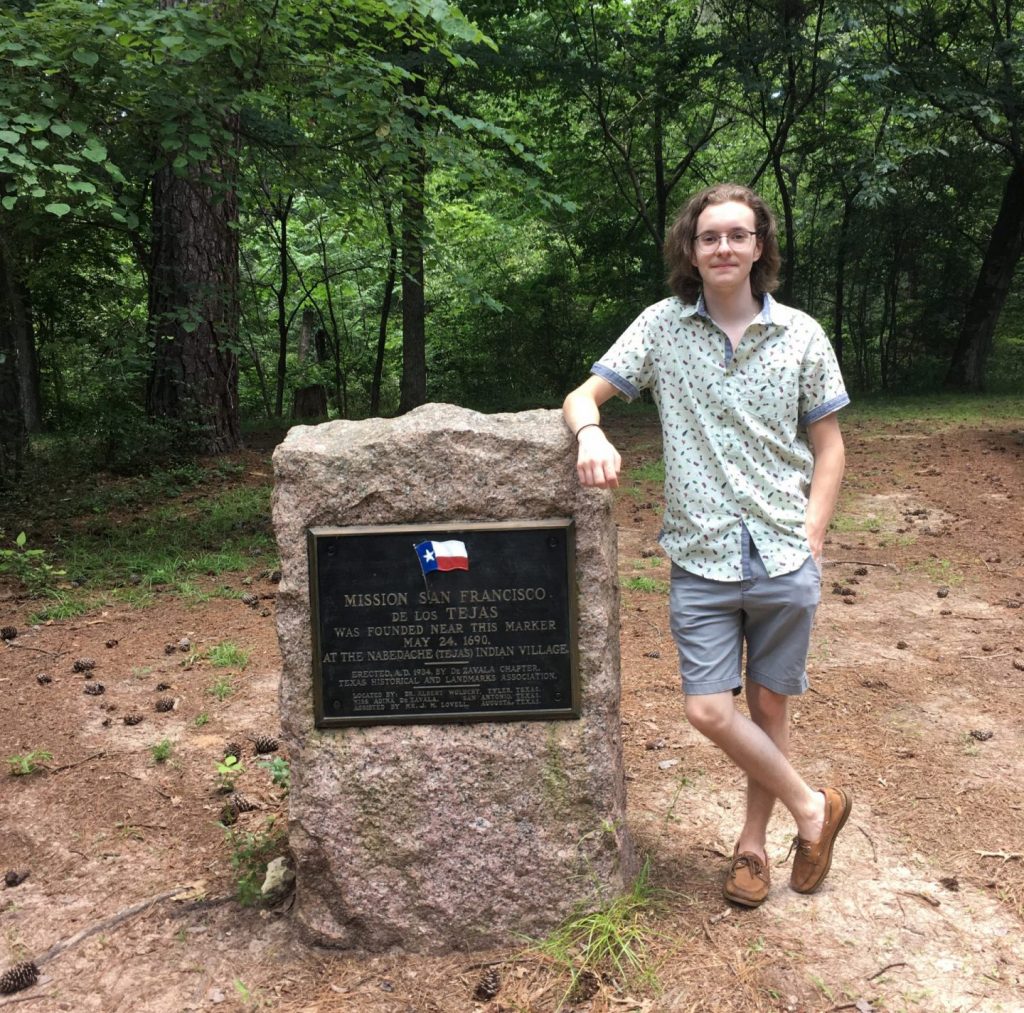
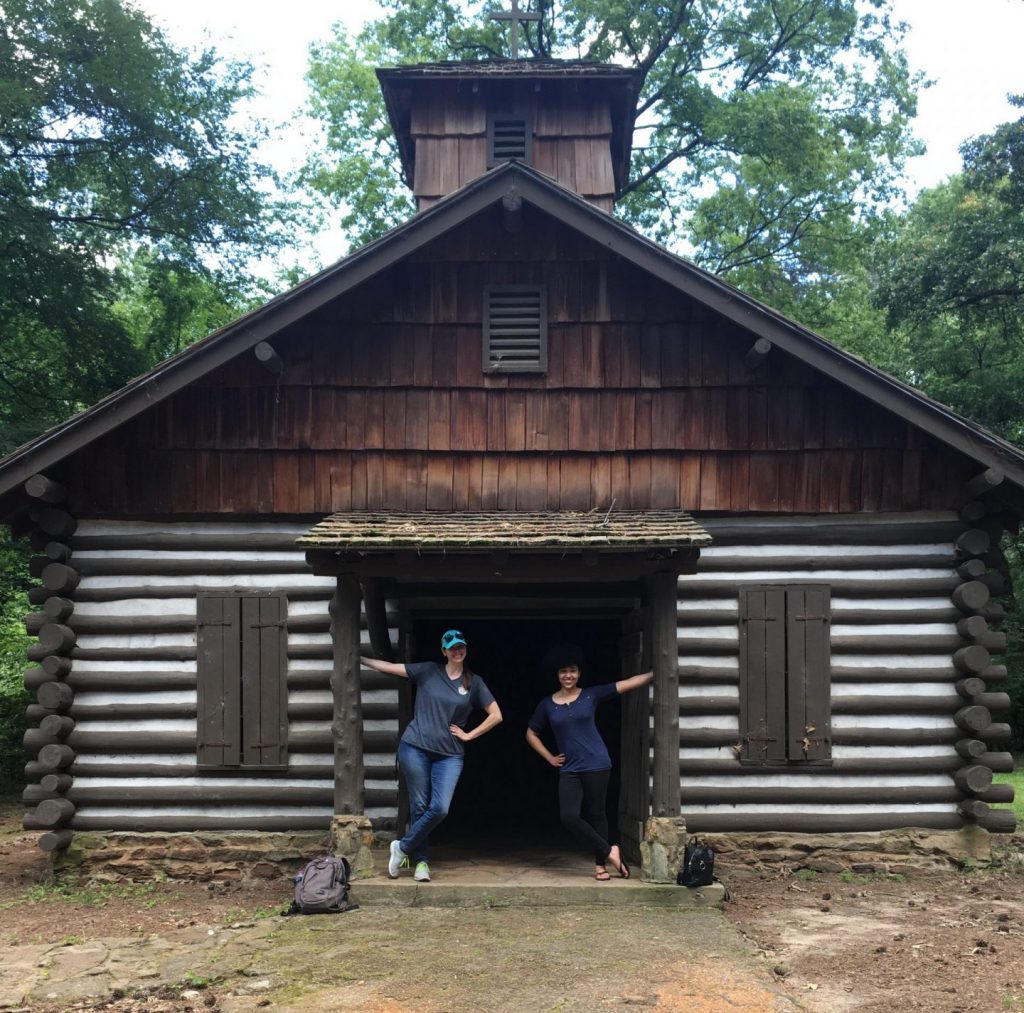
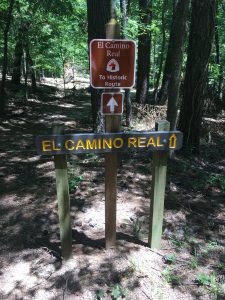
Of the many questions that we asked a central one was “why are state parks important?” Superintendent Coker’s response was true as can be: “you don’t know where you’re going if you don’t know where you’ve been.” What he meant by this is that state parks, especially Mission Tejas, offer us a look back at what life was like and are reminders of where we all came from. We also asked what his favorite historical fact was about the park, and Superintendent Coker said he loved the stories of the people that travelled El Camino Real de los Tejas, a major trade route that runs through Texas. He talked about how Texas is a cultural melting pot and how so many people of different nationalities have journeyed through the Lone Star State. He specifically spoke about how the accordion has become a part of the music of many cultures. It was invented in Europe and eventually found its way to El Camino Real and into Central America. How cool is that? The last question on our list was whether there are any legends associated with the park. Superintendent Coker told us that one did come to mind, the story of the Lady in Blue. The story goes that, when the Spaniards met the Nabadache tribe, the Nabadache said a lady in blue told them to be kind to the Spanish explorers. It wasn’t until later that the lady in blue was recognized as Maria de Jesus de Agreda, a nun from Spain who is said to appear in places all over the world, yet she has never left her village.
Mission Tejas State Park is a gateway to the past, with a beauty untouched by time. While it is a short forty-five minute ride from Nacogdoches, Mission Tejas is about two hours and thirty minutes away from Houston or Dallas. Mission Tejas State Park is a wonderful place to unplug and recharge for an afternoon or even a weekend.


